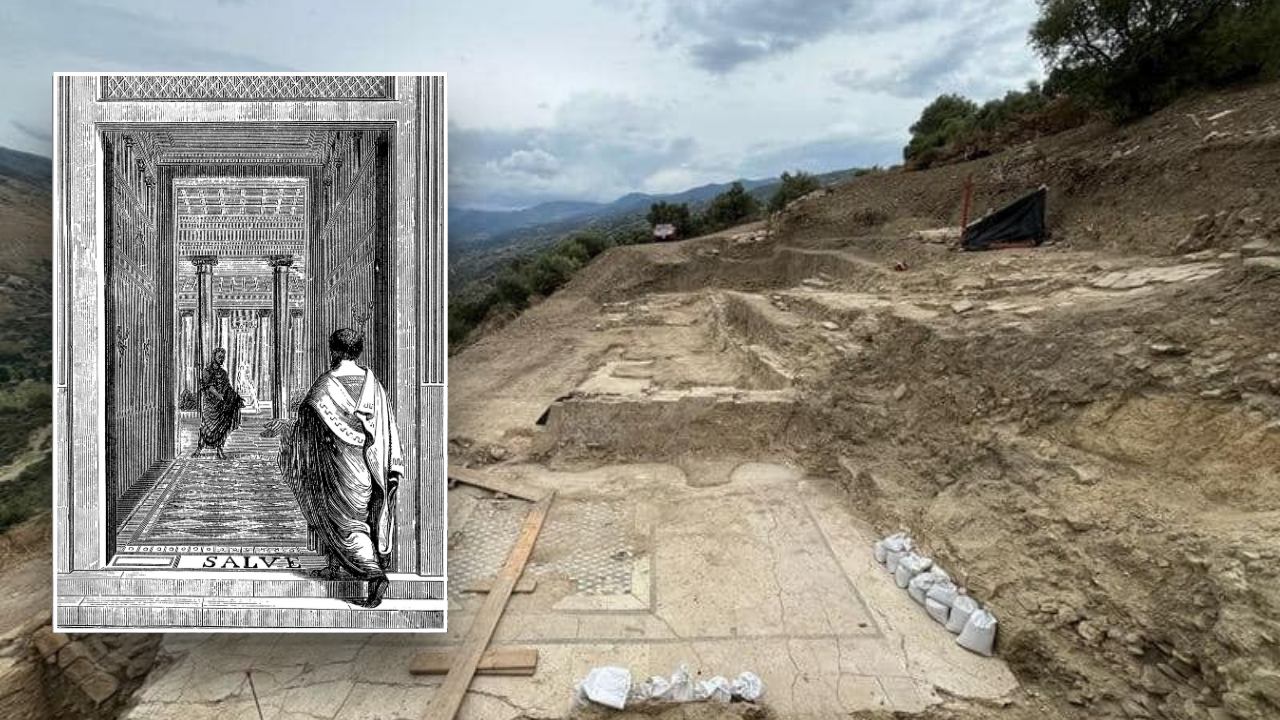In the middle of two devastating hurricanes, misinformation about federal assistance for disaster survivors has been running rampant.
One major part of FEMA’s assistance that has been mischaracterized by former President Donald Trump and others is a $750 payment that goes to disaster survivors in the immediate aftermath of a hurricane, tornado, or other major storm – which has been falsely painted as a loan or the only assistance FEMA is providing. In fact, that is the first payment FEMA will make to disaster survivors – who are eligible for other forms of assistance to help with temporary shelter and funding to start rebuilding once the storm passes.
This is the first hurricane season where the $750 payment plan has been in effect, so it’s also not something officials and people in hurricane zones are familiar with.
Top federal emergency management officials, including FEMA Administrator Deanne Criswell, said they are deeply concerned that the false rumors flying around will discourage disaster survivors from applying at all.
“I need people to register for assistance,” Criswell told reporters on Tuesday. “I worry that they won’t apply for assistance, which means I can’t get them the necessary items they need.”
Here’s what to know about FEMA’s assistance programs:
That $750 is what’s called “Serious Needs Assistance.” It’s an up-front, direct payment to survivors, intended to get them money to buy whatever they might need after their home has been destroyed. This $750 payment is thanks to a relatively new federal program, implemented in March of this year.
It can be delivered via direct deposit to a bank or a preloaded debit card, can be used to buy clothing, baby formula, food, shelter, or whatever else a person may need after a disaster. And counter to rumors, this money is not a loan; it is for disaster survivors to keep and spend.
Importantly, those funds are just the first part of assistance individuals are eligible for after a storm – not the total.
“The $750 is just the beginning of the funding you’re going to receive from FEMA,” agency spokesperson Jaclyn Rothenberg told CNN. “It’s just the first tranche of funding you’re getting from FEMA. It means you’re in our system.”
According to FEMA, you can get assistance if you or someone in your home is a US citizen, non-citizen national, or a qualified non-citizen.
FEMA needs to confirm your identity before you receive funding, and you need to live in your home for most of the year. The agency also requires your home to be in a declared disaster area, and the disaster damaged your home in order to receive assistance (FEMA will confirm this based on an inspection of documents you send to them).
Disaster survivors are eligible for a wide variety of additional funding to help them with everything from the cost of temporary housing, getting medical care, paying for funeral services for loved ones, and the cost of damaged personal property like computers and appliances.
The agency also has funding to help people repair or replace damaged homes.
This payment went into effect earlier this year, as part of a larger effort to streamline FEMA assistance. The overhaul of FEMA’s system came after years of criticism that disaster survivors had to jump through complicated hoops to access assistance that is needed immediately after a disaster.
FEMA statistics show more than 1 million households have already been approved for more than $780.7 million in total serious needs assistance.
Speaking Saturday at a Butler, Pennsylvania rally, Trump suggested the Biden administration was offering a lump sum $750 to people whose homes had been destroyed by Hurricane Helene.
“They’re offering them $750, to people whose homes have been washed away,” Trump said. “Think of it: We give foreign countries hundreds of billions of dollars and we’re handing North Carolina $750.”
This is not true – the $750 is just the first part of assistance individuals are eligible for after a storm – not the total. Rothenberg also stressed the $750 from FEMA is not a loan and is for disaster survivors to keep and spend.
Disaster survivors can apply for assistance at https://www.disasterassistance.gov/



